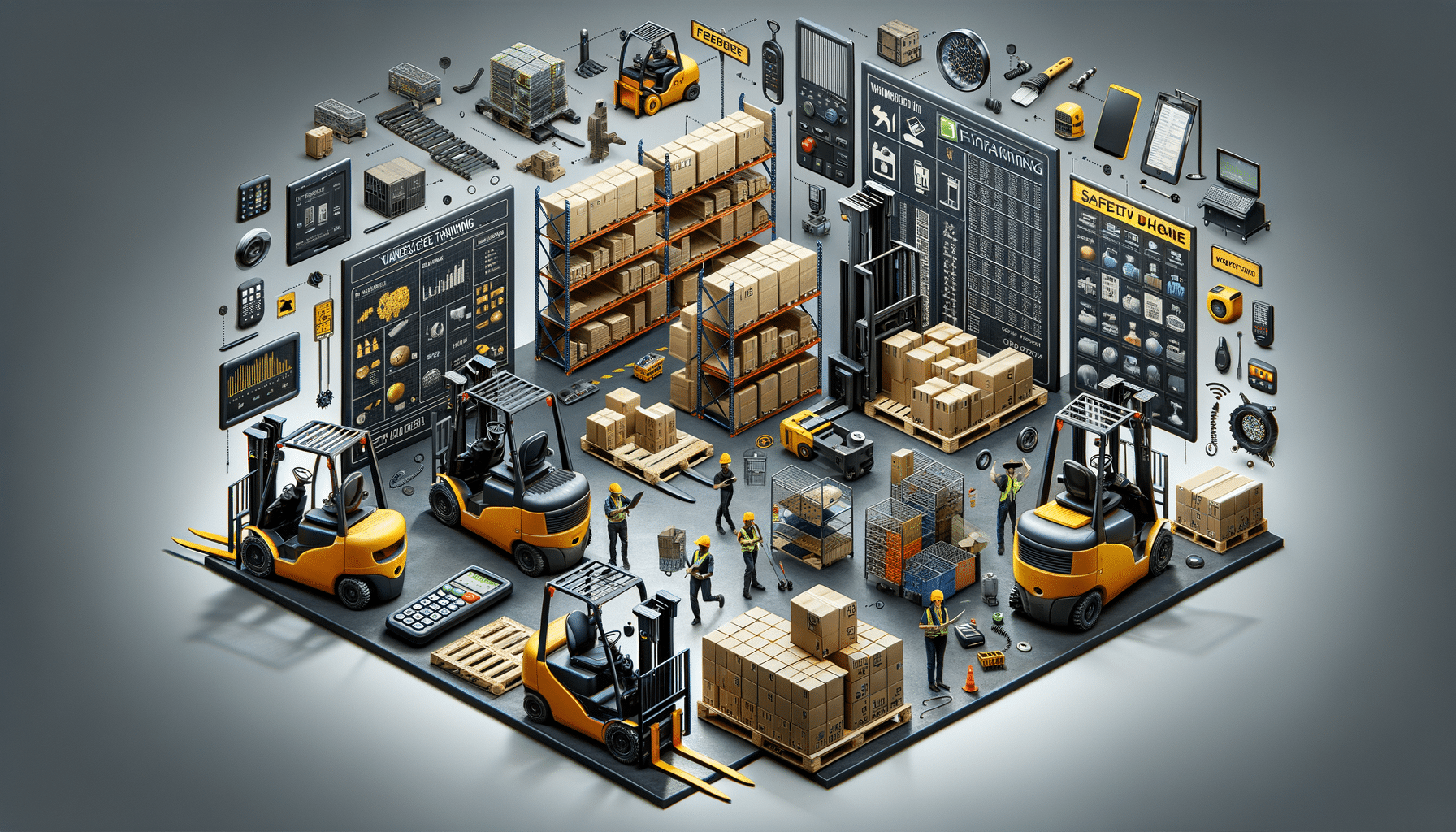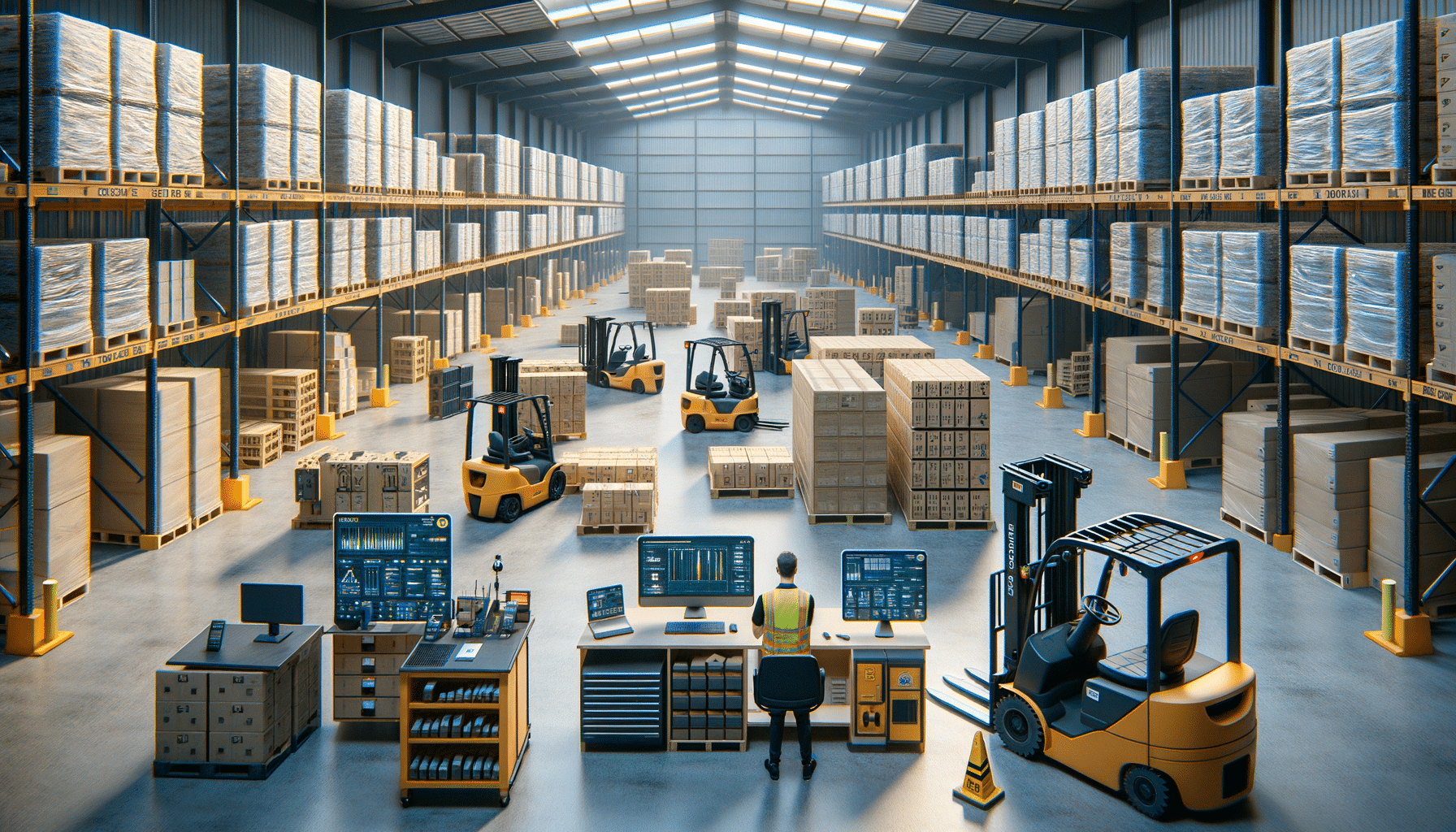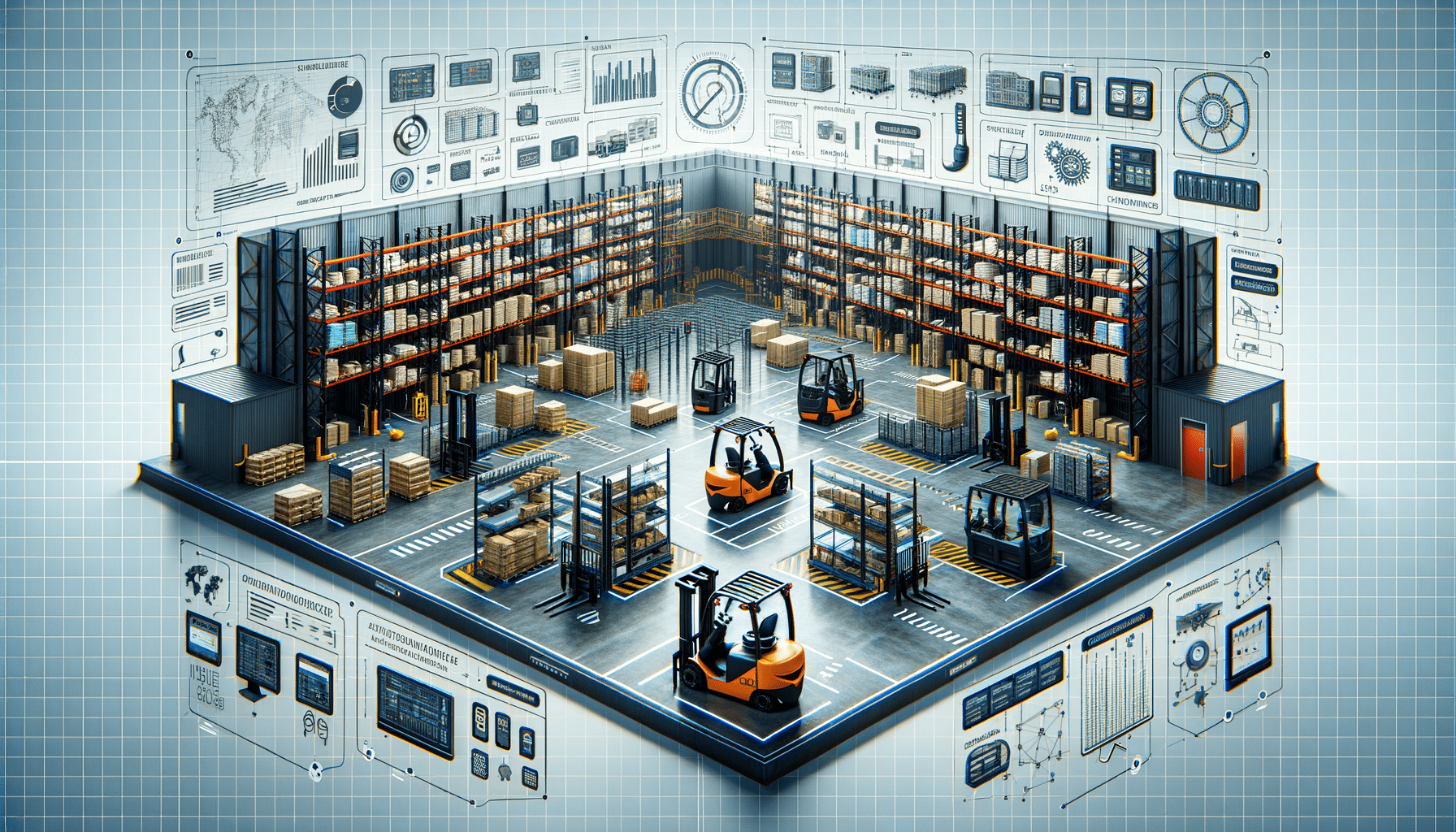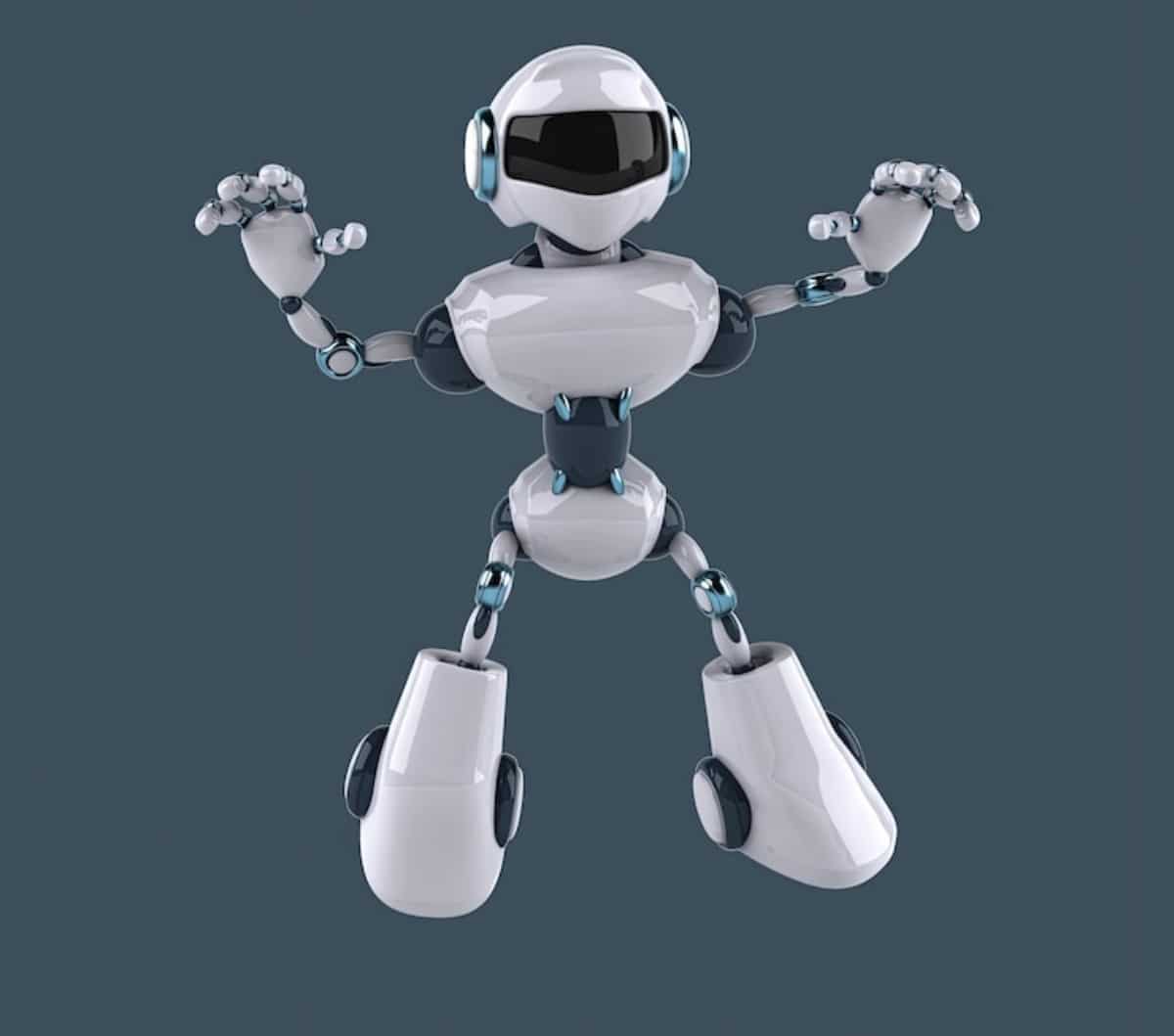
Soft Robotics: The Next Frontier in Human-Machine Interaction
Picture a robot that moves like an octopus. It has a soft touch, just like a human hand. This robot can adapt easily to changing surroundings. This isn’t science fiction. It’s soft robotics. This fast-growing field is changing how machines work with people and their surroundings.
As automation and robotics become part of our daily lives, we need safe, adaptive, and responsive machines. Traditional rigid robots, while powerful and precise, often struggle in complex human environments. Soft robotics aims to copy the flexibility and safety of living beings. These systems offer a more human-centered tech future.
In this article, we’ll look at soft robotics. We’ll cover its basics, important new ideas, and real-world uses. Also, we’ll discuss how this exciting technology is changing how humans and machines interact. If you love tech, are an engineer, or just curious about robotics, you’ll see how soft robotics is making automation safer, smarter, and more sustainable.
What Are Soft Robots?
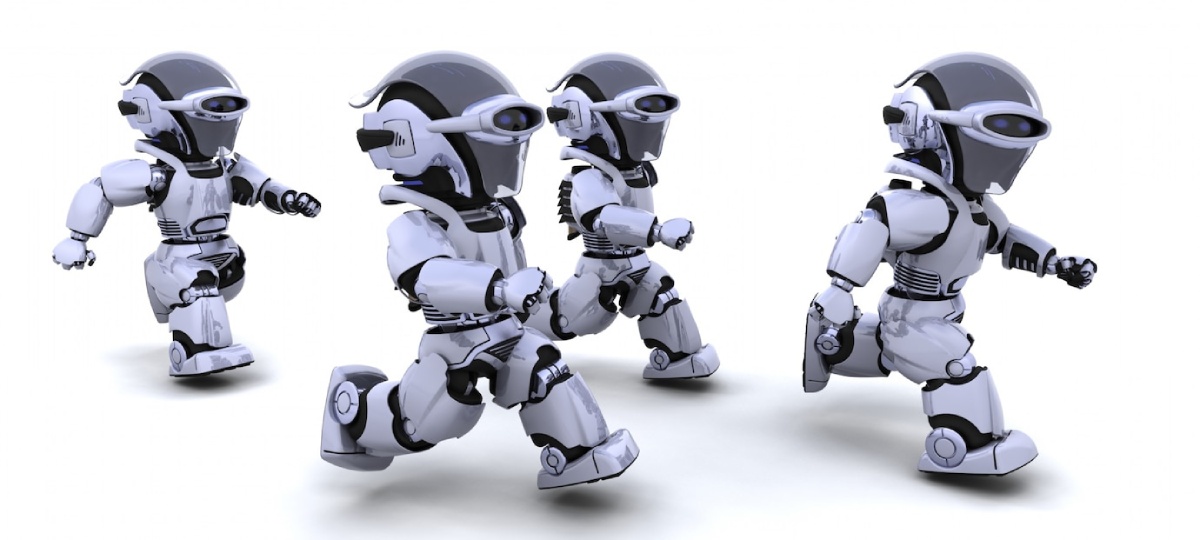
Definition and Core Principles
Soft robots are made from flexible materials like silicone, rubber, hydrogels, and shape-memory alloys. Soft robots differ from traditional ones made of hard metals and stiff joints. They copy the flexibility and strength seen in living creatures.
Key characteristics of soft robots include:
- Flexibility and adaptability to uneven or delicate surfaces
- Enhanced safety in human-robot interactions
- Biomimicry, drawing inspiration from nature’s engineering
- Pneumatic or hydraulic actuation instead of electric motors
These features allow soft robots to operate in environments that are too hazardous, dynamic, or delicate for rigid robots.
Biomimicry in Soft Robotics
Soft robotics relies on biomimicry. This means creating materials and systems based on living things. Common inspirations include:
- Octopuses, for flexible arms
- Caterpillars, for crawling mechanisms
- Fish fins, for underwater propulsion
This biomimetic approach leads to more natural and intuitive movements. This is critical for tasks involving humans or fragile objects.
Technological Foundations of Soft Robotics
Materials Used in Soft Robots
Soft robots are typically made from elastomers like:
- Silicone rubber – Durable, flexible, and biocompatible
- Polyurethane – High elasticity and wear resistance
- Hydrogels – Water-based gels suitable for biomedical applications
- Shape-memory polymers (SMPs) – Materials that change shape in response to temperature or electricity
These materials allow the robot to deform safely under stress and return to its original form.
Actuation Methods
Soft robots rely on alternative methods of movement:
- Pneumatic actuators – Use air pressure to create motion (like inflating a balloon)
- Hydraulic actuators – Use fluid for precise and powerful movements
- Dielectric elastomers – Thin rubber sheets that expand when electrically stimulated
- Magnetic actuation – Use external magnets to control motion remotely
Each method is chosen based on the desired range of motion, response speed, and safety level.
Control Systems and AI Integration
Due to their flexible nature, soft robots require advanced control algorithms. Machine learning and AI play a growing role in enabling adaptive responses to unpredictable inputs. Vision systems, tactile sensors, and neural networks are now common tools. They help improve motion and interaction.
Real-time feedback helps soft robots learn from experience. This improves their performance and keeps users safe.
Real-World Applications of Soft Robotics
Healthcare and Rehabilitation
One of the most promising sectors for soft robotics is healthcare:
- Soft exosuits assist patients with mobility impairments. They offer gentle support while preserving freedom of movement.
- Wearable rehabilitation devices aid recovery from strokes or injuries.
- Robotic prosthetics with soft components offer comfort, customisation, and more human-like motion.
Harvard’s Wyss Institute created a soft robotic glove. It helps patients rebuild hand strength after neurological damage.
Industrial Automation
While traditionally dominated by rigid robotics, manufacturing is now integrating soft robots for:
- Delicate assembly tasks (e.g., electronics or glass components)
- Sorting fragile goods, such as fruits or medical supplies
- Collaborative work in shared spaces without fencing or cages
Soft grippers have changed packaging lines. They can handle different shapes and textures without damaging items.
Agriculture
In farming, soft robotics aids in precision harvesting and crop monitoring. Notable innovations include:
- Soft robotic arms that gently pick ripe fruit without bruising
- Soil-sensing grippers to detect nutrient levels
- Autonomous vine-pruning robots that adapt to irregular plant structures
These robots improve yield while reducing waste and labour demands.
Search and Rescue
Search-and-rescue missions happen in risky places. These can include collapsed buildings or flooded areas. Soft robots shine in these scenarios:
- Snake-like robots can navigate tight rubble or pipes
- Underwater soft bots can explore submerged environments safely
- Inflatable robots can expand or contract to fit through small spaces
Their flexibility allows them to go where humans or rigid machines cannot.
Consumer Products and Assistive Tech
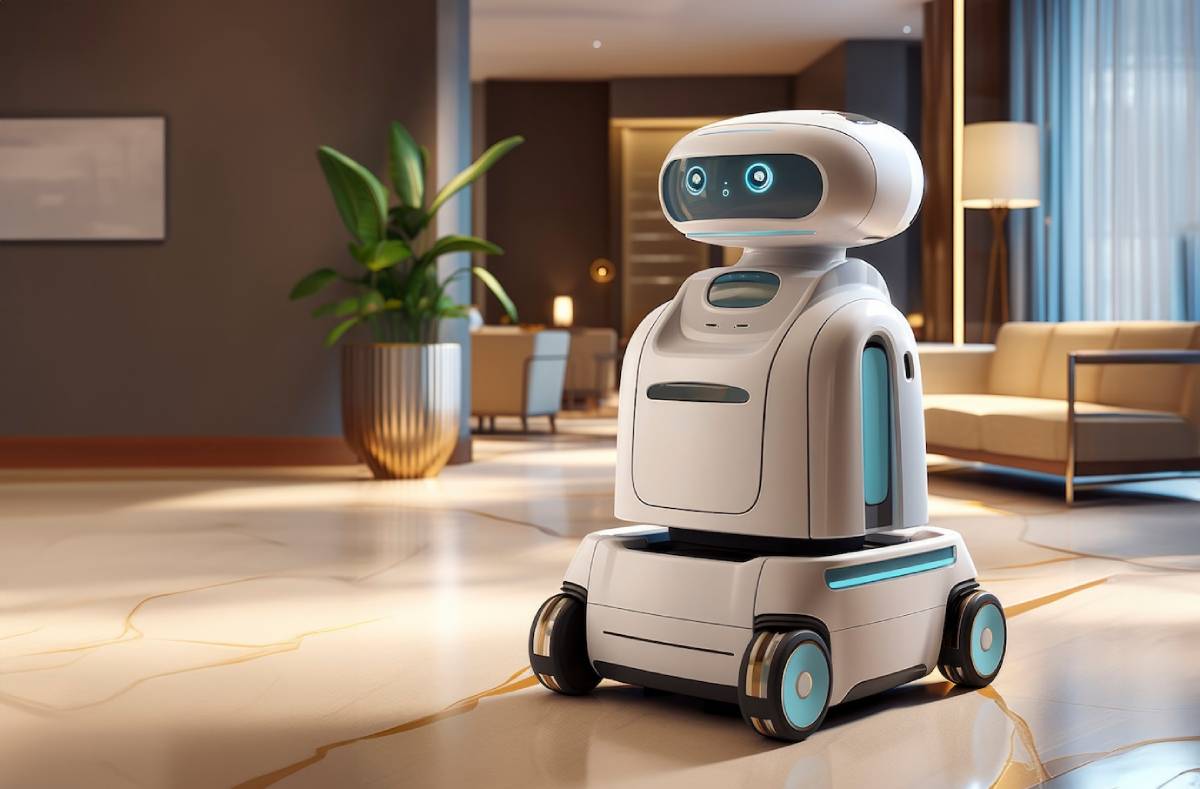
Soft robotics is increasingly found in household and assistive devices:
- Wearable tech for posture correction
- Soft robotic cushions for pressure sore prevention
- Smart home aids include adaptive cushions and automated furniture. These change shape for comfort and accessibility.
These products mix comfort with function. They serve the needs of older adults and people with disabilities.
Case Studies: Soft Robotics in Action
Case Study 1: Octobot by Harvard University
Octobot is a fully soft, autonomous robot created by Harvard researchers. It uses microfluidic logic and pneumatic actuation, with no hard electronics or rigid components.
Key achievements:
- Self-contained power and control system
- 100% soft body construction
- Proof-of-concept for future wearable or implantable bots
Case Study 2: Festo’s BionicSoftHand
Festo created the BionicSoftHand. This is a pneumatic robotic hand. It moves naturally and has a soft, adaptive touch. It’s designed for tasks requiring fine manipulation, like handling test tubes or fragile parts.
Notable features:
- Human-like dexterity
- Learning capabilities via reinforcement algorithms
- Intuitive human-machine collaboration
Challenges Facing Soft Robotics
Despite its promise, soft robotics faces several hurdles:
Durability and Wear
Soft materials tend to wear down faster than rigid ones, especially in industrial settings. Enhancing material strength while maintaining flexibility is a key research area.
Precision Control
Because soft robots are more difficult to model and predict. It makes achieving precise, repeatable motion challenging. Advanced sensors and control systems are required to ensure consistent performance.
Power Supply and Portability
Many soft robots rely on external compressors or pumps for actuation. Making them truly autonomous means developing compact, integrated power sources.
Cost and Scalability

Making soft robots usually requires special fabrication methods. This can lead to high costs and takes a long time to scale up. More accessible manufacturing methods (e.g., 3D printing or soft moulding) are evolving to meet this demand.
The Future of Soft Robotics
Human-Machine Collaboration
As workplaces become more collaborative, soft robots will be vital in co-robotics. They will work safely and efficiently alongside humans. Expect to see soft bots in kitchens, hospitals, and offices, performing tasks previously reserved for people.
Integration with IoT and AI
Smart sensors, cloud computing, and AI integration will allow soft robots to:
- Learn from user behaviour
- Share data with connected devices
- Adapt to new tasks without manual reprogramming
Imagine a wearable exosuit that not only assists with lifting but also alerts your smartwatch about posture issues.
Biohybrid Robots
Researchers are exploring biohybrid systems that combine living tissue with artificial structures. These may result in regenerative devices, advanced prosthetics, or robots that can grow and heal themselves.
Examples include:
- Muscle-powered actuators
- Heart tissue-based pumps
- Artificial skins with sensory feedback
This blurs the line between machine and organism.
Sustainability and Green Tech
Soft robots can reduce waste, improve energy efficiency, and support sustainable goals:
- Biodegradable materials for single-use applications (e.g., medical tools)
- Lightweight components to reduce energy consumption
- Modular designs for easier repair and recycling
These benefits align with growing demands for eco-friendly automation.
Conclusion: Embracing the Future of Human-Centred Robotics
Soft robotics represents a paradigm shift in how we build and interact with machines. This technology is finding a unique place in many fields. It focuses on flexibility, safety, and adaptability. You can see its impact in healthcare, agriculture, and home automation.
Soft robotics will shift from niche research to everyday use. We are addressing challenges like durability, control, and cost with new solutions. Soft robots will be trusted companions in our lives. They can help people walk again, harvest food, and assist with daily tasks.
The frontier is open—and it’s soft, smart, and sustainable.
Ready to explore more? Sign up for our newsletter to get updates on new robotics technologies. You can also share this post with a friend interested in the future of automation.
